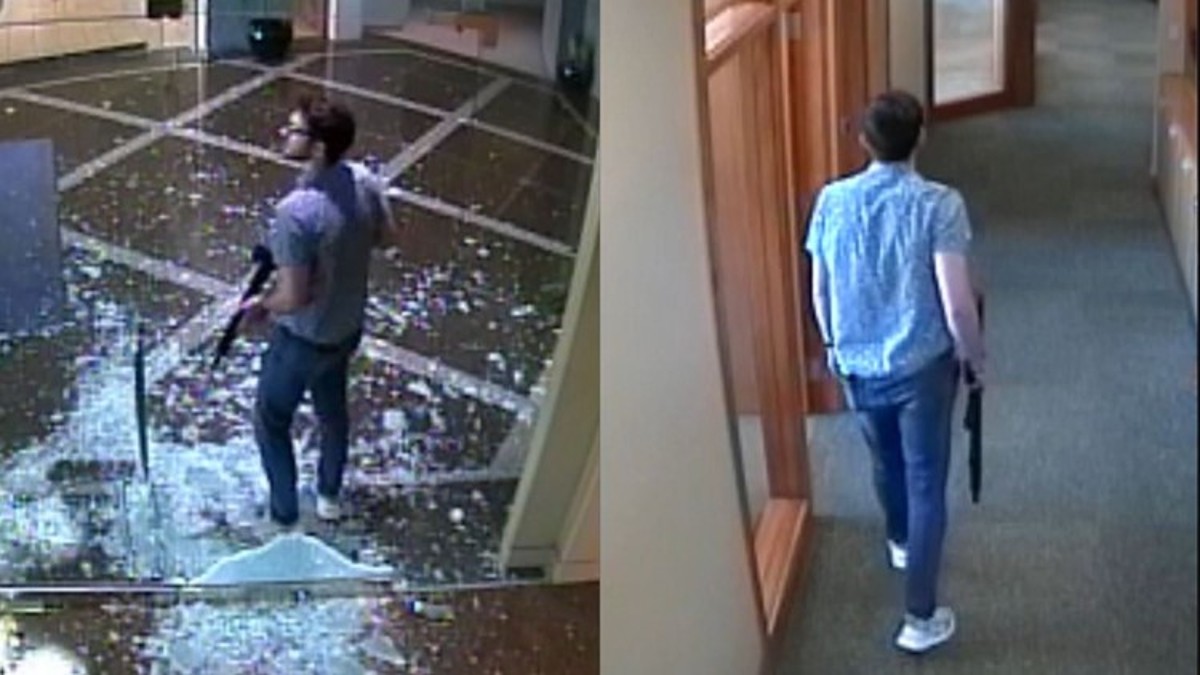The tragic Louisville bank shooting that unfolded on April 10th, 2023, sent shockwaves through the community. The incident, which left five dead and eight injured, took a horrifying turn when it was revealed the gunman livestreamed the attack.
The Louisville Bank Shooting: What Happened?
Details of the shooting: A 25-year-old former employee, Connor Sturgeon, entered the Old National Bank branch and opened fire. The attack targeted his former colleagues, with Sturgeon reportedly shooting the first employee who greeted him in the back. The rampage continued for a short while before Sturgeon ended his livestream and waited for police to arrive. A shootout with responding officers ensued, resulting in Sturgeon’s death.
Motive of the gunman: Authorities haven’t disclosed a definitive motive, but reports suggest Sturgeon may have been disgruntled after being fired from the bank. A note left for his parents hinted at his intentions to carry out the attack.
Suspect’s planning and livestream: Social media giant Meta, which owns Instagram, confirmed that Sturgeon livestreamed the shooting on the platform. While the footage was removed quickly, details emerged about its content. According to an unnamed city official, the livestream showed Sturgeon greeting a worker before fatally shooting them. The video reportedly continued with him firing at other employees before waiting for police intervention.
Police Response and Investigation
Release of body camera footage: Police have not publicly released body camera footage from responding officers. The decision is likely to prioritize the ongoing investigation and respect for the victims’ families.
Updates on suspect and victims: While details about the victims remain private, authorities confirmed their identities and notified next of kin.
Discussion on the Role of Livestreams in Extremist Messaging
The Louisville bank shooting raises a critical question: how do livestreams factor into extremist messaging?
Livestream spectators: Livestreams can attract a curious and potentially large audience. This exposes viewers to violent acts in real-time, potentially causing emotional distress or desensitization.
Conspiracy theorists: Livestreams can be manipulated to fuel conspiracy theories. Edited footage or lack of context can be used to spread misinformation about the event.
Gamification and emulation: The ease of access to violent content online can create a disturbing trend of gamification and emulation. Real-world violence can be perceived as a challenge or competition, inspiring copycat attacks.
Copycatting and inspiration: While a direct link between livestreams and copycat attacks is difficult to establish, the potential for inspiration for future violence is a major concern.
Conclusion
The Louisville bank shooting serves as a stark reminder of the devastating impact of gun violence. The presence of a livestream adds another layer of complexity, raising concerns about the spread of violent content and its potential to inspire further acts of horror. Moving forward, a multi-pronged approach is needed to address gun violence, online extremism, and the responsible use of social media platforms.



